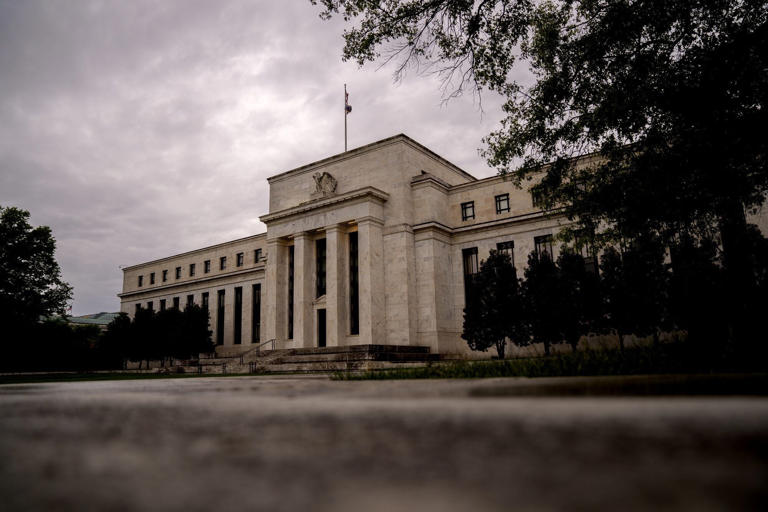After several surprisingly high inflation readings, Federal Reserve officials convened for a pivotal meeting earlier this month to deliberate on the state of the economy and the appropriate monetary policy response. The subsequent release of the minutes from the May 1 meeting offered valuable insights into the discussions among policymakers, revealing a cautious and deliberative approach to adjusting the central bank’s key interest rate, which currently stands at a 23-year high.
The minutes illuminated the prevailing uncertainty among officials regarding the efficacy of the Fed’s rate policies in addressing inflationary pressures. Despite implementing 11 rate hikes in 2022 and 2023, there were growing concerns that these actions might not be yielding the desired outcomes in terms of curbing price growth. Notably, the minutes underscored how factors such as historically low mortgage rates, stemming from widespread refinancing during the pandemic, and favorable debt refinancing by major corporations, had blunted the impact of the Fed’s tightening measures.
Interestingly, amidst speculation about the potential for rate hikes, certain officials expressed openness to the idea of raising rates further if inflation were to reaccelerate unexpectedly. However, Federal Reserve Chair Jerome Powell sought to temper market expectations during a subsequent news conference, emphasizing the central bank’s cautious and data-dependent approach. While Powell’s remarks initially provided reassurance to financial markets, subsequent economic data releases have introduced further complexity to the Fed’s policy outlook.
Recent economic indicators, including a notable slowdown in hiring and a moderation in price pressures, have likely tempered the prospects of an imminent rate hike. Christopher Waller, a key member of the Fed’s Board of Governors, downplayed the likelihood of such a move occurring this year. The Fed’s official statement following the May 1 meeting underscored the importance of gaining greater confidence in the sustained reduction of inflation before contemplating rate cuts, which would ultimately translate into lower borrowing costs for consumers and businesses alike.
Powell acknowledged the formidable challenges ahead, expressing diminished confidence in the trajectory of inflation despite earlier expectations of a cooling trend. While inflation had exhibited signs of deceleration in 2023 after peaking at 7.1 percent in 2022, recent data indicated a resurgence, complicating the Fed’s efforts to achieve its 2 percent inflation target. With prices rising at an accelerated pace, hopes for a smooth transition to lower inflation and economic stability have been tempered.
Looking ahead, policymakers, including Waller, have signaled their preference for closely monitoring inflation trends over the coming months before considering any adjustments to policy. This cautious and prudent approach suggests that rate cuts are unlikely to materialize until at least September, as the Fed seeks to navigate the intricate economic landscape and strike a delicate balance between addressing inflationary pressures and sustaining economic growth.
In summary, the deliberations of the Federal Reserve reflect the ongoing challenges posed by inflation and underscore the importance of a data-driven and nuanced approach to monetary policy. As the central bank continues its vigilant assessment of economic developments, market participants will closely scrutinize its actions and communications for insights into the trajectory of interest rates and inflation, which will profoundly influence the broader economic landscape.
